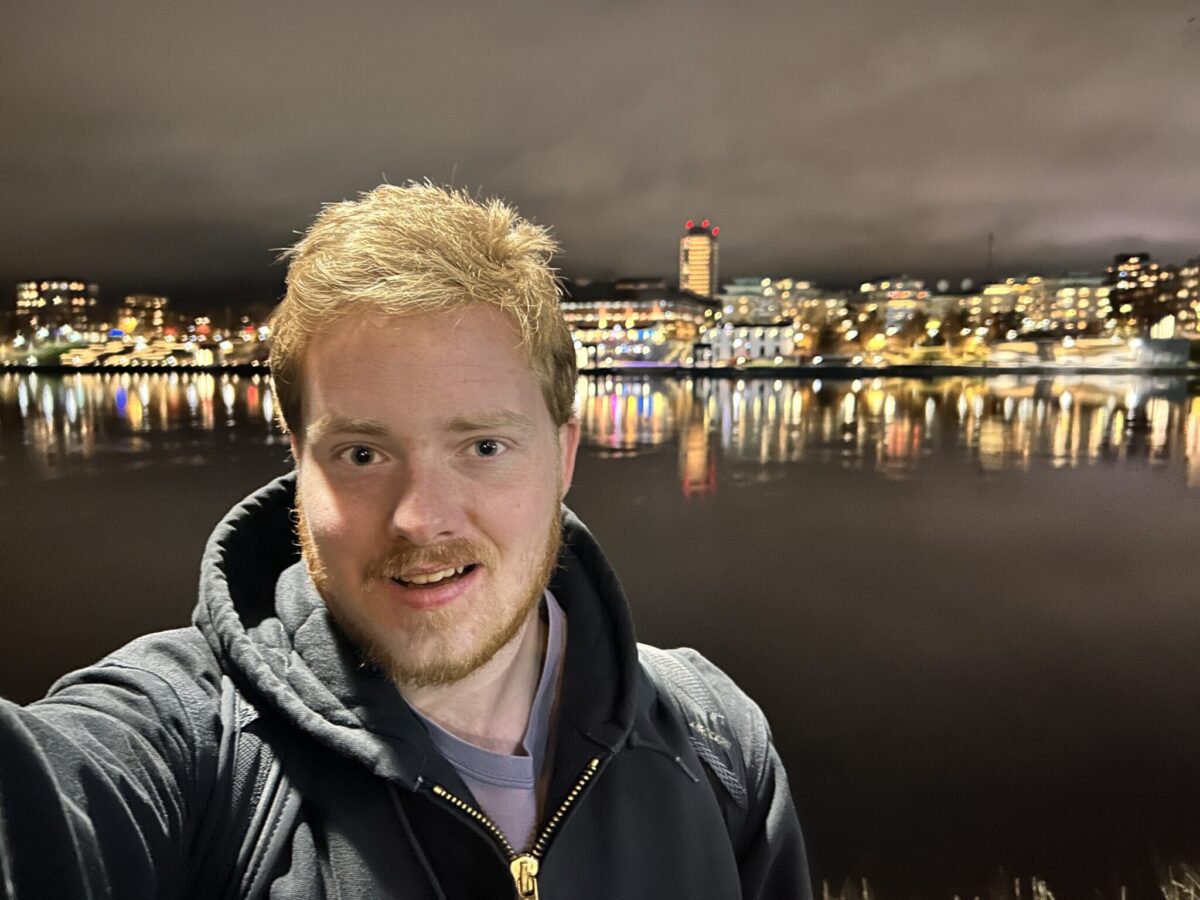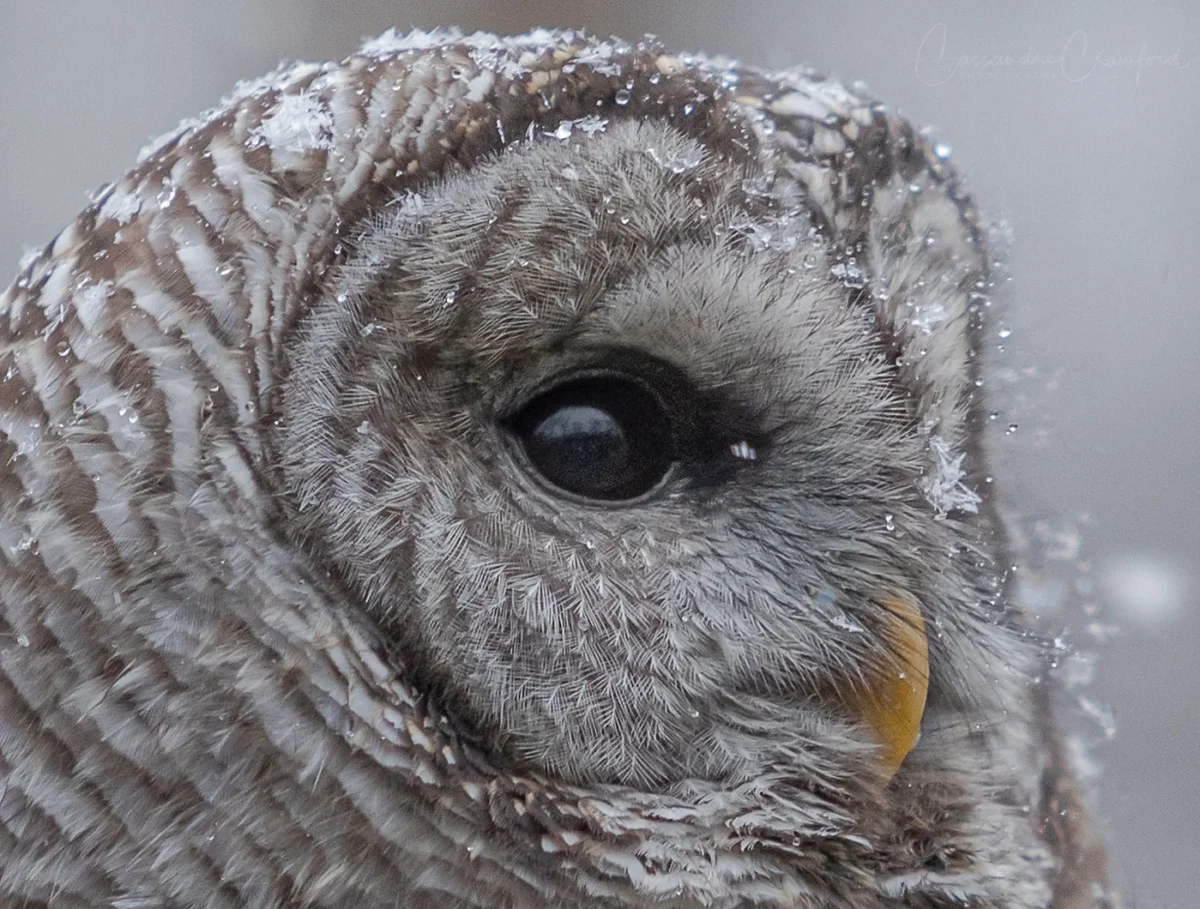Upon my arrival I was overwhelmed by the openness and beauty of the mesa. A week in the academy consisted of Monday – Friday first half of the day class room and second half hands on job site. We covered the six earthship principles which are, building with natural and repurposed materials, thermal and solar heating and cooling, water harvesting, solar and wind electric systems, contained sewage treatment, and food production. Along with lectures we were able to see these functions being put in place and the two construction sites we worked at, U3 and the Refuge. We were able to work with adobe, power tools, concrete, can walls, and bottle walls. I worked with many power tools and on creating a bathroom bottle wall with mortar that gave me a new found confidence in my physical ability. Actually getting your hands on the build site gave me the opportunity to take the earthship concept and other natural building ideas into my realm of real possibility, by learning how to read designs and physically take on these builds. All these building techniques that felt so far away and abstract all of a sudden became very comfortable to me. My time in the academy made a lot of abstract off grid living practices come into full view and the lifestyle became more digestible and at the same time doable. One of the most enriching parts of the academy was networking with people from all over the world and listening to how they’re making tangible big changes towards an off grid lifestyle. Some are doing it in community and some solo, but either way there was lots of talk about logistics, material and permitting while creating space to potentially help one another on builds. It was beautiful to see how the students, staff, and greater earthship community come together to help on international builds and help spread information about where the best places to build are.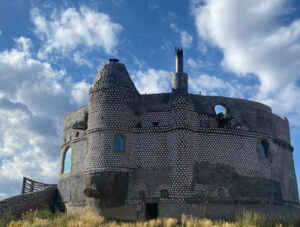

During my second month here after the academy I was able to choose a department within earthship I’d like to work in and at first I was thinking about the job site but once I came here it became apparent that the greenhouse / food production was what I really wanted to do. The indoor greenhouses act more than a space to grow food and medicine, it is a primary source of heating, and assists in the water filtration within the household. Built within the greenhouse holds a gray water pump and passage so you must work with the greenhouse to maintain the balance of water flow within the house. Within the greenhouse the main elements to pay attention to while designing the space are plant archetypes / guilds, greenhouse styles, micro-climates, zones of use, and maximizing growing space. For the most optimal working greenhouse you will have water filtering plants at the start of the greenhouse, primary resource consumer, bushes or shrubs, pest indicators, low maintenance / hardy, ground covers, vining, and unique / novelty. It’s important to identify the micro-climates in the greenhouse and place the plants accordingly along with placing the water loving plants closer to the water source.
I worked for the visitor center’s greenhouse, the community’s compost, and watering / pruning some of the student housing greenhouses. I was also responsible for collecting all the student housing / classroom compost and management of the redistribution of finished compost to the greenhouses that needed soil care. I did a lot of work “acting as the elements” by clearing out dead matter, watering every morning the leaves from above, and adding finished compost. I quickly saw the way pests build up in spaces where there’s not as much exposure to wind and outside competing factors. I prepared an oregano compost tea that I’d spray on the fig trees that were infested with mealybugs and aphids. Otherwise I went in often just manually killing as many as I could see. I divided my time in half so I could work on prepping the outside space of the visitors center for future annual beds and additional native plants.
It is incredibly dry out here and while doing outside landscaping and compost it felt like most things tended to preserve and dry out instead of decompose and turn into good soil / compost. Also gardening in the greenhouse was a lot different from farm work just because inside the plants aren’t exposed to the elements the same way the outside plants are so I would have to act as the rain, wind, and decomposition. Without an outside person constantly deadheading and adding compost / ferment tea to the soil the dead matter will build up very fast in the greenhouse. Also I did a long with redirecting the plants with string and just moving them away from the glass. It almost felt like every day all the leaves of the larger plants would all of a sudden be pushed against the greenhouse glass. Although this is very cute because what they want is to be closer to the sun it’s virtually suicide because the glass gets very hot and fries them.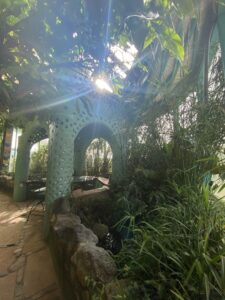
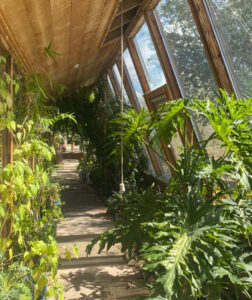
Overall through the connections I’ve made, knowledge gained about building earthships / maintenance, and the personal and physical growth this co-op experience has been really quite beautiful. The magic of the mesa opened up a jar of new possibilities in my heart and rekindled my love for the south west. With this greater understanding for what it takes to build and live in an off grid natural home I have honed in on my personal plans and have begun to think about how I might go about actualizing my ideal lifestyle. Taking what I want to incorporate and leaving what I don’t, I am getting a better picture of what is in my realm of possibilities for the area I want to settle down in. I am grateful for being able to work hands on, on build sites, in the greenhouses with the gray water systems and with the desert climate and outdoor growing conditions.



